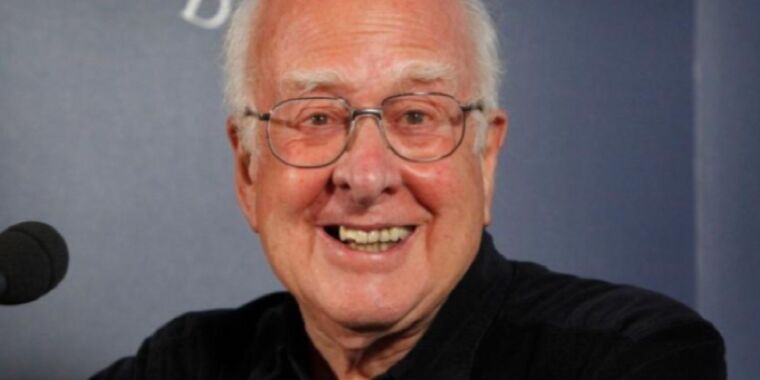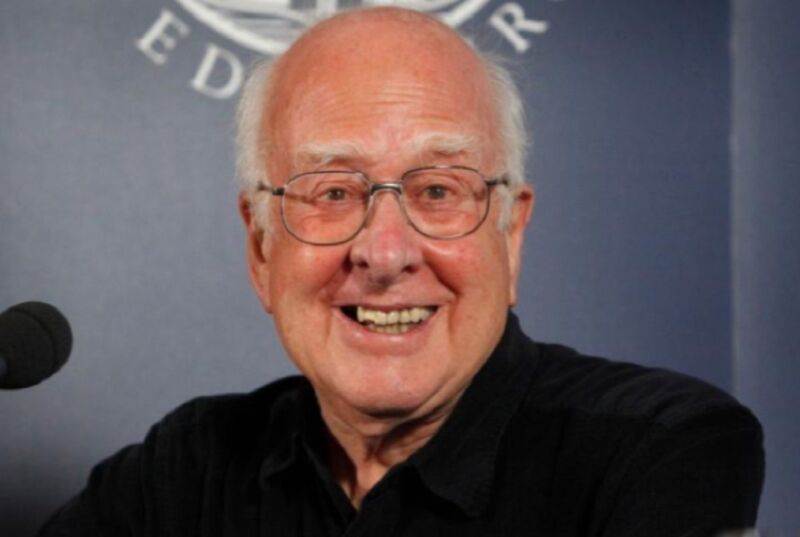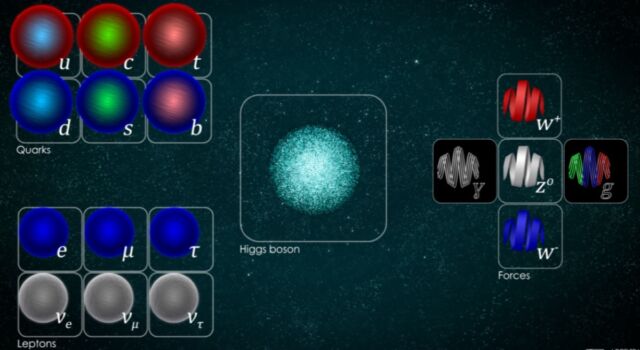CERN gears up to ship antimatter across Europe
There’s a lot of matter around, which ensures that any antimatter produced experiences a very short lifespan. Studying antimatter, therefore, has been extremely difficult. But that’s changed a bit in recent years, as CERN has set up a facility that produces and traps antimatter, allowing for extensive studies of its properties, including entire anti-atoms.
Unfortunately, the hardware used to capture antiprotons also produces interference that limits the precision with which measurements can be made. So CERN decided that it might be good to determine how to move the antimatter away from where it’s produced. Since it was tackling that problem anyway, CERN decided to make a shipping container for antimatter, allowing it to be put on a truck and potentially taken to labs throughout Europe.
A shipping container for antimatter
The problem facing CERN comes from its own hardware. The antimatter it captures is produced by smashing a particle beam into a stationary target. As a result, all the anti-particles that come out of the debris carry a lot of energy. If you want to hold on to any of them, you have to slow them down, which is done using electromagnetic fields that can act on the charged antimatter particles. Unfortunately, as the team behind the new work notes, many of the measurements we’d like to do with the antimatter are “extremely sensitive to external magnetic field noise.”
In short, the hardware that slows the antimatter down limits the precision of the measurements you can take.
The obvious solution is to move the antimatter away from where it’s produced. But that gets tricky very fast. The antimatter containment device has to be maintained as an extreme vacuum and needs superconducting materials to produce the electromagnetic fields that keep the antimatter from bumping into the walls of the container. All of that means a significant power supply, along with a cache of liquid helium to keep the superconductors working. A standard shipping container just won’t do.
So the team at CERN built a two-meter-long portable containment device. On one end is a junction that allows it to be plugged into the beam of particles produced by the existing facility. That junction leads to the containment area, which is blanketed by a superconducting magnet. Elsewhere on the device are batteries to ensure an uninterrupted power supply, along with the electronics to run it all. The whole setup is encased in a metal frame that includes lifting points that can be used to attach it to a crane for moving around.
CERN gears up to ship antimatter across Europe Read More »



